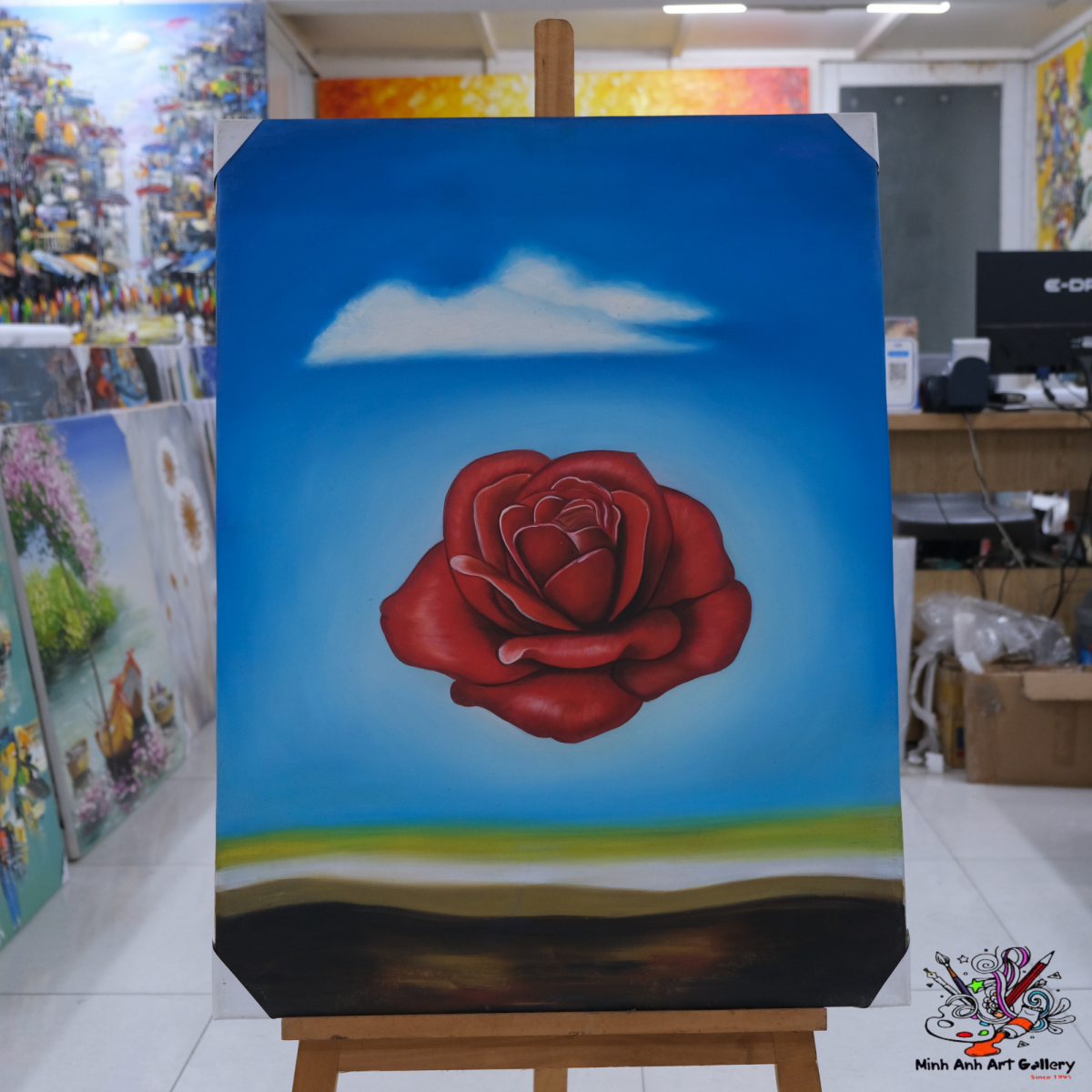If you've ever wandered through a gallery and found yourself captivated by a canvas, you're not alone. But here's a thought—can that spark of passion evolve into a profitable venture? Let's dive into the vibrant world of curated art collections and uncover whether they can be more than just a feast for the eyes—maybe even a feast for your financial future.

Unlike stocks or real estate, art doesn't generate monthly dividends or rent—but its value can grow astronomically over time. A curated art collection is not just random pieces thrown together; it's a carefully selected body of work that tells a story, aligns with a vision, and often increases in value as artists gain reputation.
Curation adds intentionality. It’s like composing a playlist—each artwork complements the others, elevating the entire collection. This thoughtfulness is what attracts serious buyers and institutions who see your collection as a unified narrative, not just individual pieces.
Art appreciates based on an artist's trajectory, scarcity, exhibition history, and even critical reception. A well-curated fine art collection featuring emerging or established names can see its value double, triple, or more—especially when tied to notable art gallery exhibitions or museum features.
Think stocks are your only ticket to wealth? Think again. While volatile, art can be a stable asset, especially during economic downturns. Some experts even view a modern art collection as a hedge against inflation.
Famous art collections have fetched millions at auctions. Collectors like Peggy Guggenheim and David Geffen didn’t just appreciate art—they leveraged it. With the right eye, today's pieces can be tomorrow's treasures.
Art isn't risk-free—trends change, artists fade. But calculated risks, backed by expert advice from private art galleries, can yield surprisingly lucrative returns, especially if you’re patient and informed.

Walking into a reputable art collection gallery is like stepping into a curated universe. These spaces offer more than aesthetics—they provide insight into market value, artist trajectories, and buying opportunities.
Art gallery exhibitions can significantly boost an artist’s profile—and your investment. Exhibited works carry more weight and often fetch higher prices, especially if tied to high-profile curators or venues.
Joining a contemporary art gallery circle isn’t just for show—it’s for access. From early previews to networking with collectors, it can shape your portfolio in ways browsing online never could.
Thanks to platforms like art collection online, you can now scout, bid, and buy artwork from across the globe. Online collections offer transparency, accessibility, and a wide array of curated options.
Web-based curation tools let you build thematic portfolios and get expert advice instantly. You don’t have to be a gallerist to have a vision—you just need good taste and a Wi-Fi signal.
New tech is revolutionizing authenticity. Blockchain verifies provenance, while NFTs offer ownership of digital art. These tools reduce fraud and increase buyer confidence—key factors when investing in a curated art collection.
Love comes first. Money follows. Start with what you connect with, then learn its market potential. Read, visit galleries, and explore collection categories that resonate with your taste.
Private art galleries and independent curators provide tailored insights and off-market gems. Their networks often mean early access to rising stars before they hit mainstream auction houses.
Immersive experiences like an art gallery collection tour offer firsthand exposure to valuable works, artist stories, and acquisition strategies. It's art education and investment prep rolled into one.
Don’t put all your paint in one frame. A balanced fine art collection spans mediums, styles, and periods—ensuring your portfolio weathers market changes while maximizing opportunities for appreciation.
Meet Elise, a graphic designer who turned her weekend gallery visits into a six-figure side income. By building a curated art collection of emerging Vietnamese artists, she’s now a go-to for interior designers and boutique hotels.
It’s not just about resale. Many collectors loan pieces to exhibitions or lease to corporate offices—earning passive income while building prestige.

Absolutely—if you do it right. A curated art collection isn’t just an emotional journey; it can also be a strategic financial move. With the right mix of passion, knowledge, and guidance from the right galleries (like Minh Anh Art Gallery), your collection can evolve into a valuable asset.
1. How much should I invest to start a curated art collection?
You can start with as little as a few hundred dollars if you’re focusing on emerging artists. What's more important is buying with intent and insight.
2. Are online art purchases safe and legitimate?
Yes, especially when using trusted platforms like art collection online with authentication guarantees and buyer protection policies.
3. Can I earn passive income from my collection?
Definitely. Many collectors lease pieces to businesses or loan to exhibitions, creating income streams without selling the art.
4. What makes an art piece appreciate in value?
Artist reputation, exhibition history, rarity, and cultural relevance all contribute to appreciation. Curated pieces often command higher market respect.
5. Is art investing only for wealthy individuals?
Not at all. Today’s digital tools, micro-investment platforms, and affordable emerging markets make it accessible to almost anyone with a passion.
Now Write This Custom Message:
Explore Minh Anh Art Gallery and discover how your passion for art can turn into a financially rewarding journey. Visit us at 101 Bui Vien St, District 1, Ho Chi Minh City, or reach out via (+84) 962 720 484 — minhanhart.vn@gmail.com.
Discover if a curated art collection can be financially rewarding. Learn strategies, explore art collection gallery, and grow your wealth through art.